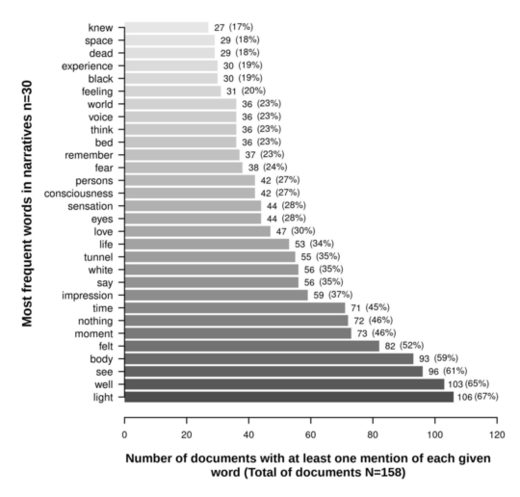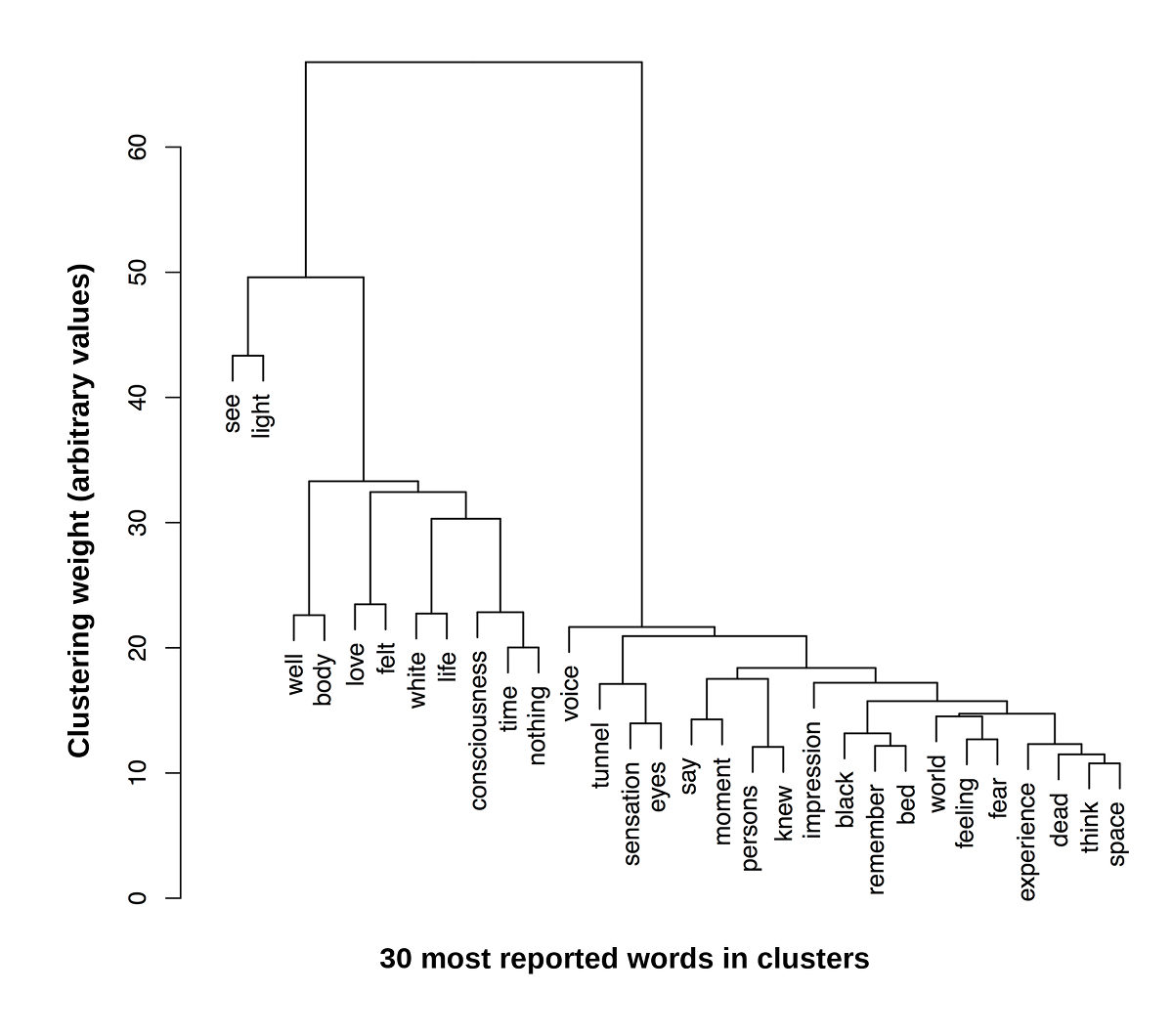
© CCO
A new study using text mining and artificial intelligence from Western University and
University of Liège (Belgium)
provides quantitative scientific proof that most people respond positively to near death experiences (NDEs).This innovative data strategy provides an objective, unbiased approach to understanding human consciousness following these life-altering encounters that are predominantly studied elsewhere as subjective, individual phenomenon.
Andrea Soddu, a member of Western's renowned
Brain and Mind Institute, collaborated with pioneering Belgian neurologist Steven Laureys and colleagues at Western and ULiège for the study, which was published today in the high impact journal
PLOS ONE.
Traditionally, NDEs are explored using standardized questionnaires like the Greyson scale, which includes queries like "Did you have a feeling of peace and pleasantness?" or "Did you feel separated from your body?" This is a potentially biased approach, which may skew recollections and subsequent discoveries.

© PLOS ONE
"There is no bias with text mining, which is contrary to behavioural studies like Greyson scaling when individuals are asked specific questions," explains Soddu, an associate professor in Western's
Department of Physics & Astronomy. "Text mining is completely unbiased. It is fully automatic and we, as researchers, don't make any assumptions."
In this new study, the researchers investigated 158 participants by analyzing first-person, text narratives shared by the individuals following their NDEs. This text mining model allows for unbiased evaluation and also provides valuable and measurable data like frequency and correlation of key words like 'see,' 'light,' 'dead' and 'fear.'
Once the data was retrieved, the neuroscientists developed visual representations of the findings like graphs and dendrograms to illustrate the proximity of specific words as they relate to positive and negative connotations towards NDEs.
According to statistics and spatial disposition within the illustrations, Soddu and his collaborators have
found positive-toned words like 'see' and 'light' appear far more frequently than negative-toned ones like 'fear' and 'dead' and farther apart. This is important as it suggests that individuals are not relating to their NDEs negatively.Western graduate student Demetrius Ribeiro De Paula, co-first author of the study with Vanessa Charland from ULiège, says this text mining approach will only increase in validity as more and more narratives are collected from survivors of NDEs.

© PLOS ONE
"In the future, when there will be a huge volume of these text narratives, it will be much easier to handle the data using text mining as opposed to the questionnaire approach," says De Paula.
Media interested in this study may also arrange an interview with a person who has had an near death experience by contacting Jeff Renaud at 519-520-7281.
Reference: Characterization of near death experiences using text mining analyses: A preliminary study



Reader Comments
They didn't die...